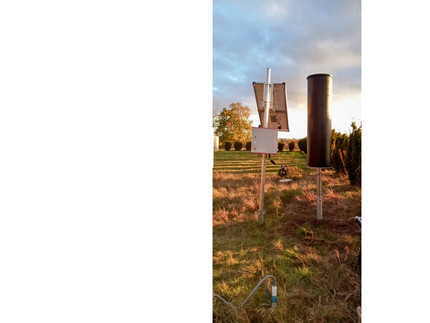Water storage and fluxes in the vadose zone
Projektbeschreibung:
Better understanding of soil water dynamics in managed environments is key for the improved management and protection of their water resources. In the context of Brandenburg, Germany, a dry region heavily depending on groundwater, the accelerating pace of climate change with more frequent and pronounced droughts poses additional pressures on the regional water balance.
This project is therefore aimed at estimating near surface storage and fluxes of water and tracers in the vadose zone with a special focus on groundwater recharge. Once inside the soil, how fast does water journey through it and how much reaches the aquifers? How can we study and therefore protect precious water resources we cannot actually see? On the other hand, how does land use management influence these processes?
To answer such questions, we combine a plethora of field measurements from the point to the field scale (up to ~ 0.5 km2) with hydrological modelling to understand vertical fluxes and water storage dynamics. Our central technique is the Cosmic ray neutron sensors (CRNS), which is increasingly promoted for field scale root zone soil water monitoring. It can be especially useful for agricultural management, providing stakeholders, such as farmers and water resource managers, with representative soil water estimates.
A central research location is the highly instrumented hydrological observatory ATB Marquardt where a cluster of CRNS and complementary water storage measurements provides long-term insights across agricultural land uses typical of the Brandenburg landscape (see hyperlink to related project of the cluster). Such observations are a valuable and meaningful input for hydrological modelling.
To further aid modelling efforts, we complement our measurements with tracers, such as stable water isotopes, which can inform us about the timing of water fluxes. Dedicated field experiments help to gain further insights into the soil hydraulic properties and their variability in space and across land uses.
This project is closely connected to the module Root Zone of the DFG Forschergruppe Cosmic Sense.
Ansprechpartnerin:

